Don’t Kill the Messenger! An Ode to the Tactile Trail Guide...

For quite some time, tangible guidebooks have been essential – occasionally life-saving – tools for riding, be it on a dual-sport, ATV (All-Terrain Vehicle), and in a UTV (utility terrain vehicle). They provide valuable information to properly plan an enjoyable, yet safe, experience on the trail, typically including comprehensive maps which are crucial for navigating unfamiliar areas. Importantly, these books often highlight the details of specific ATV trails: difficulty ratings, terrain variations, and points of interest.
These such guidebooks also offer descriptions of the different routes that delineate distances, elevation changes, and notable features, helping riders choose paths which match their skill level and preferences. Moreover, they often identify landmarks and waypoints to assist you with orientation, especially in remote areas where GPS signals may be weak or unavailable. It may seem like a minor attribute, but having your bearings in a sticky situation – with or without cell service – can be pivotal to your rescue… Most notably, in self-rescue.
Safety is a key aspect where trail guides have proven invaluable. Their information on common conditions, such as inclement weather, standing water, mud or bogs, sharp rocks, silt or sand, and the like. It also states if an area is prone to flooding, freezing, and other risks, allowing riders to prepare appropriately and reduce the chance of accidents, among other things, which off-roaders should be aware of before heading out.
Furthermore, guidebooks comprise of local rules and regulations such as speed limits and designated riding areas. It’s in everyone’s best interest for riders to stay compliant with laws and informed about road and condition changes. In case of emergencies, you can find contact information, locations of nearby medical facilities, and advice on what to do in a crisis.
Ecological awareness and conservation are emphasized in many of these books. They call attention to the importance of riding responsibly to minimize our environmental footprints, as well as offer tips on avoiding damage to sensitive ecosystems like wetlands or wildlife habitats. Several guidebooks promote the Leave No Trace and Tread Lightly! initiatives, urging ATV, motorcycle, and side-by-side users alike to respect the natural surroundings by staying on designated trails, packing out all trash, and minimizing noise pollution. After all, we’re all in this together!
Beyond practical navigation and safety, guides often enrich the riding experience by offering cultural and historical insights, providing unique information about the areas being explored, enhancing a rider’s appreciation for the region. Guidebooks may also underline scenic overlooks and other monuments along the course, making the experience, overall, more engaging and educational. Because these tend to be written and aggregated by denizens most familiar with the region, there’s a chance you’ll read tips and stories only the residents could have known. If you’ve ever run a trail (or eaten at a restaurant) recommended by a local, you know what we mean.
For orchestrating a trip, trail guides have been indispensable due to their handy advice on access points, parking, campgrounds, and supplemental accommodations – all necessary for organizing the logistics in both familiar and unfamiliar areas. On top of that, they may provide notes about nearby gas stations, repair shops, and other applicable stores. While no one hopes to use the repair shop phone number on a trek, it can be critical to have on-hand in remote locations where such resources are scarce.
Lastly, trail guidebooks can connect riders with the broader off-road community. They often include information about local ATV (and UTV/Moto) clubs, events, rallies, and competitions, offering opportunities for riders to meet fellow enthusiasts, participate in organized activities, and learn from more advanced riders. Sticking with a buddy or several friends during an excursion makes for an all-around safer situation, and it’s arguably more fun!
Resources:
We’re big fans of the books shown in this story, written by Charles A. Wells and Matt Peterson, for Moab, Utah, and Colorado's backroads, which are extremely in-depth tools for exploring some of the country’s most popular four-wheeling locations.
While modern trip planning often turns to technology like GPS and online resources such as onX and Gaia, guidebooks offer a complete and reliable source of information all in one place. No need to pull up 50 tabs on your browser just to, ultimately, make your own makeshift guide to follow. Plus, yours will likely have some holes in the subject-matter the first time around. But destination-specific books combine practical navigation tools with educational content, safety guidelines, conservation advice, and more, making them a requisite resource for both novice and skillful ATV’ers.
Our recommendation? Double up! Read the guidebooks first, then plan routes on your phone or GPS device based on the kind of trail you want to run and what you want to see.
In a world increasingly dominated by digital tools, the tactile trail guide remains an unsung hero of off-roading. These guidebooks offer more than just directions – they're a lifeline, a conservation reminder, and a treasure trove of local wisdom. They ensure that, whether you're conquering rugged terrain or simply seeking a scenic overlook, you're prepared, safe, and enriched by the experience. So, before you dismiss them as outdated, remember: even your GPS needs a backup plan. And that backup plan might just save your day – and your ride.

Ross hosts The Off the Road Again Podcast. He has been in the off-road world since he was a kid riding in the back of his dad’s YJ Wrangler. He works in marketing by day and in his free time contributes to Hooniverse, AutoGuide, and ATV.com, and in the past has contributed to UTV Driver, ATV Rider, and Everyday Driver. Ross drives a 2018 Lexus GX460 that is an ongoing build project featured on multiple websites and the podcast and spends his free time working on and riding ATVs.
More by Ross Ballot







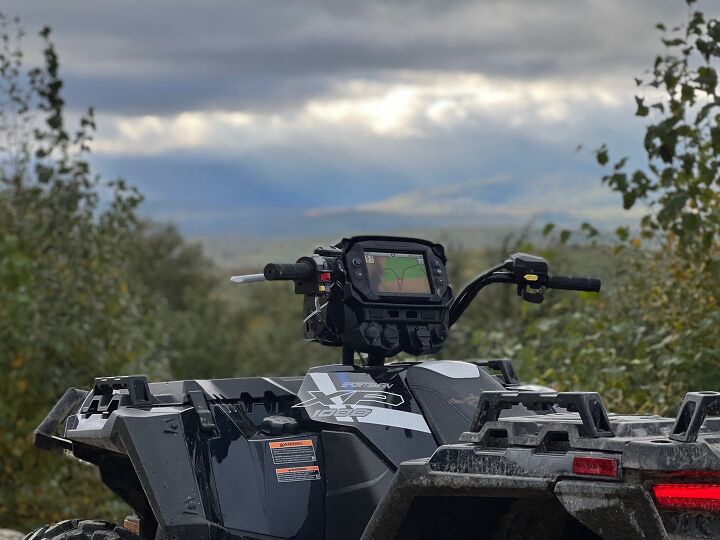







![Don't Try This at Home: Jet Ski Pulled by ATV [video]](https://cdn-fastly.atv.com/media/2022/10/24/8744130/don-t-try-this-at-home-jet-ski-pulled-by-atv-video.jpg?size=350x220)
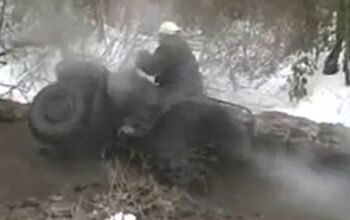

![More ATVs on Ice [video]](https://cdn-fastly.atv.com/media/2022/10/24/8742964/more-atvs-on-ice-video.jpg?size=350x220)

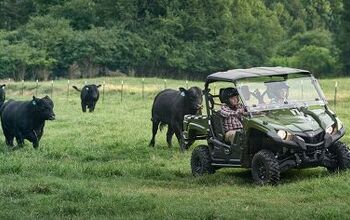



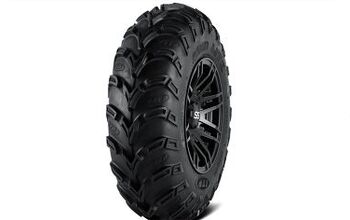




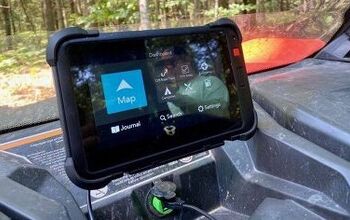


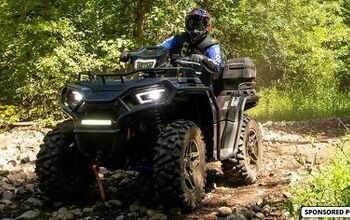
Comments
Join the conversation